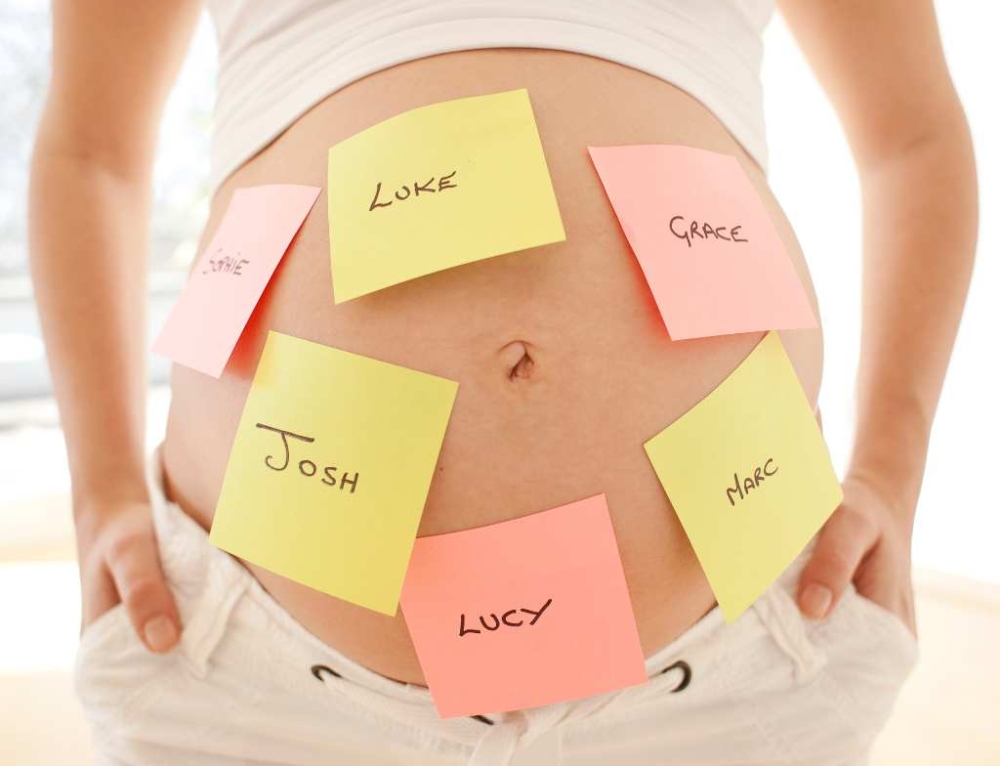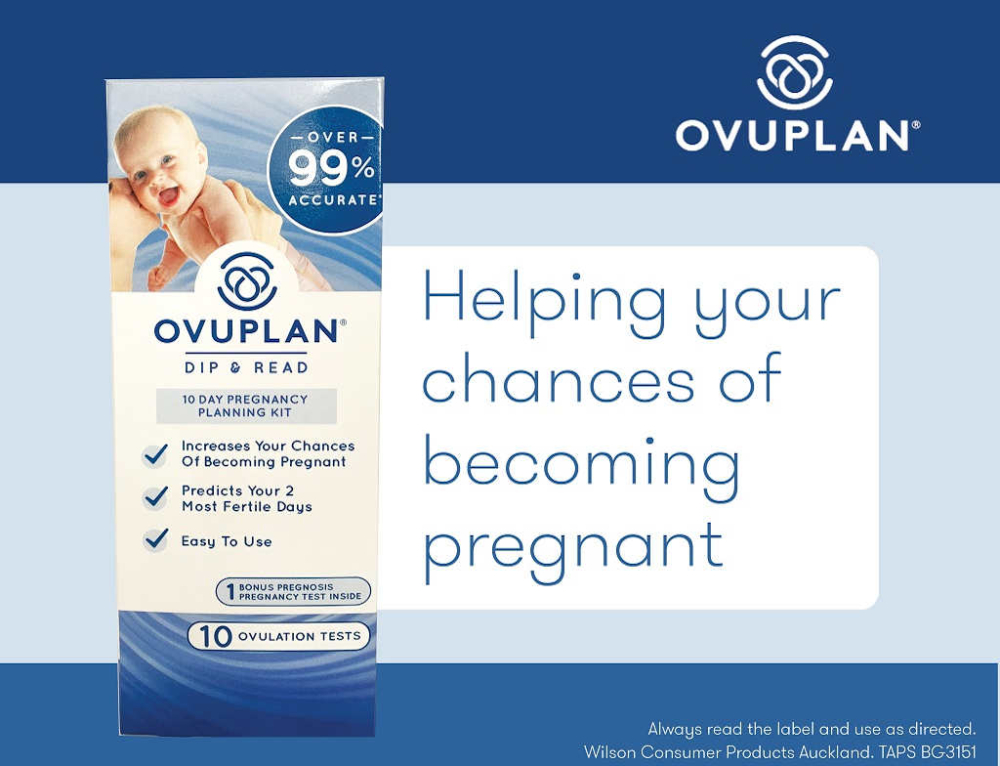When considering labour and birth, one of the biggest fears for women (other than the pain!) is the potential tearing of their perineum that may result in stitching and extended recovery time after giving birth. But you can take steps to protect your perineum from tearing. Here are six ways to reduce tearing:
Perineal massage
Studies show that perineal massage reduces your chance of tearing during birth. Just rub sunflower, olive oil, vitamin E oil or coconut oil into the skin between your vagina and anus once or twice a day, starting from around 34 weeks onwards. Place your (or your partner’s) thumbs shallowly into your vagina (no more than three to four centimetres) and press the perineal floor down towards the bowel and to both sides until you feel a slight burning or stretching sensation. Maintain the pressure for about a minute before resting.
The Epi-no
If you can’t get the hang of perineal massage (and some women can’t), try the Epi-no birthing trainer. An inflatable balloon-like device that’s inserted into the vagina, it helps stretch the perineum in the weeks before your due date. Giving birth to a balloon might look a bit strange, but many women swear it helps keep their perineum intact.
Water baby
Since first making waves in the 1960s, birthing tubs are now installed in labour wards, natural birthing suites and (temporarily) in lounge rooms everywhere. Besides providing pain relief, a water birth can also prevent tearing, confirms Renee Adair, director of the Australian Doula College. “Warm water softens the perineum and relaxes the mind and body of the woman,” she says.
Warm, wet towels
Hot, wet flannels or towels pressed on to the perineum when bub is being born can soften the skin as it stretches. “For many years midwives have used moist, warm packs on the perineum to reduce pain and tearing as the baby’s head is born,” says Hannah Dahlen, spokeswoman for the Australian College of Midwives.
Don’t lie down
Your birthing position can also play a big part in reducing tearing. Research shows that if you’re in a standing, squatting, kneeling or side-lying position, you’re more likely to emerge with your perineum intact. Birthing on your hands and knees is also a good position – as opposed to the traditional method of lying on your back, which reduces the size of your pelvis and doesn’t utilise the natural effect of gravity.
Keep calm and carry on
It’s well documented that a good support network helps promote a stress-free birth. But for those of you without family on hand, don’t fear: hiring a doula or learning about hypno-birthing can also keep you feel more in control on your big day. “Having a doula can instil confidence and how you feel during labour can affect how you give birth,” says Renee.
This article was written by Joanna Bounds for Kidspot NZ, New Zealand’s best pregnancy and parenting resource.







Leave A Comment
You must be logged in to post a comment.